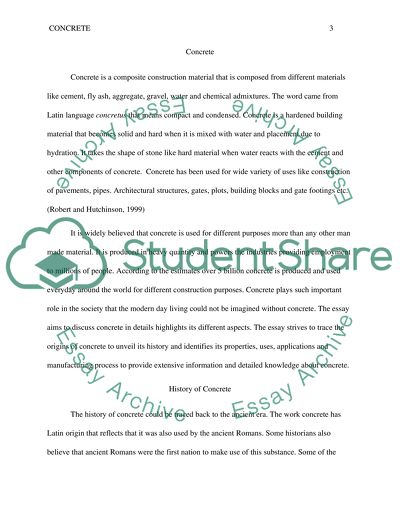Cite this document
(“Manufacturing process of concrete Research Paper”, n.d.)
Retrieved from https://studentshare.org/engineering-and-construction/1415343-manufacturing-process-of-concrete
Retrieved from https://studentshare.org/engineering-and-construction/1415343-manufacturing-process-of-concrete
(Manufacturing Process of Concrete Research Paper)
https://studentshare.org/engineering-and-construction/1415343-manufacturing-process-of-concrete.
https://studentshare.org/engineering-and-construction/1415343-manufacturing-process-of-concrete.
“Manufacturing Process of Concrete Research Paper”, n.d. https://studentshare.org/engineering-and-construction/1415343-manufacturing-process-of-concrete.


